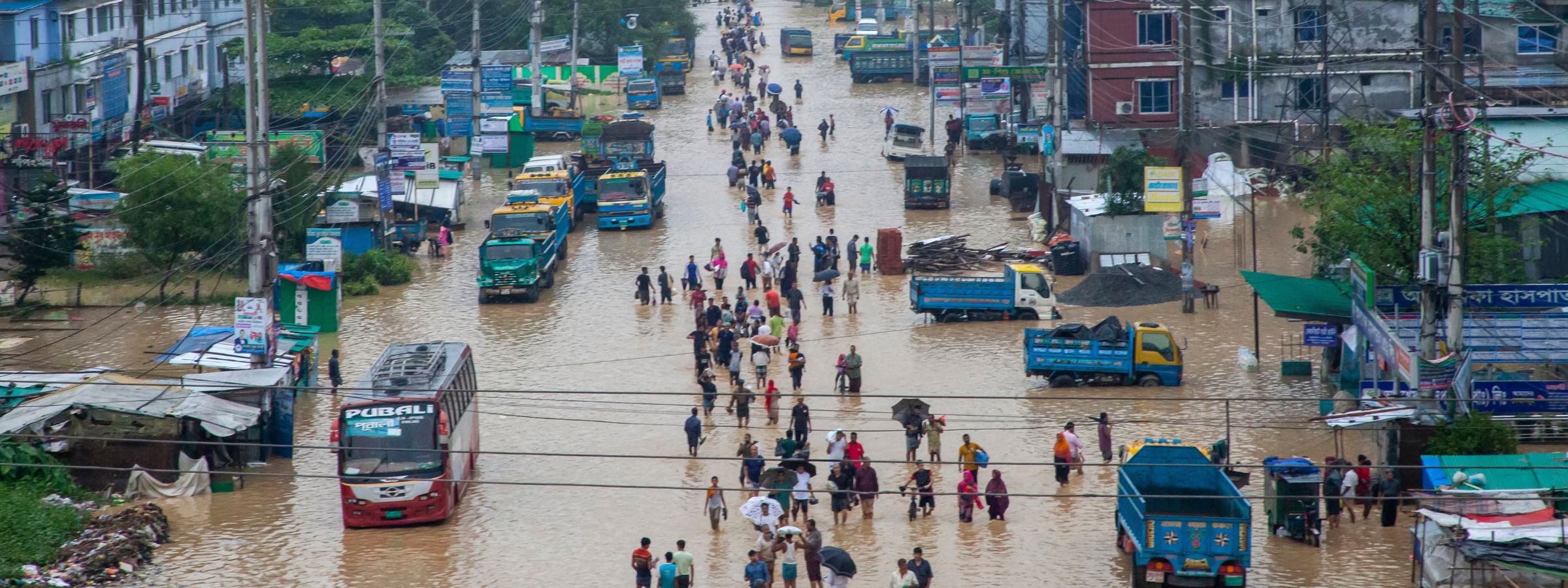 |
An interview with Joseph Feyertag, Policy Fellow (Sustainable Finance), London School of Economics |
How do you see central banks and supervisors’ role in facilitating the transition to a sustainable future?
We already know that climate change is affecting their core mandate of inflation and financial stability. The least central banks and supervisors can do is to integrate climate risks into their policy frameworks, for instance by mandating the disclosure of climate-related information of regulated entities, or conducting climate stress tests.
But some central banks, especially in the AFI network, are going further. For example, via priority sector lending, mandating that a certain share of a loan portfolio goes to specific sectors, or through subsidized refinancing rates. Those sorts of interventions can really encourage financial institutions to start shifting capital to the low-carbon economy.
And then there’s Inclusive Green Finance. We know that SMEs and households that are connected to the formal banking sector are more resilient to the effect of climate change. IGF is not just an adaptation strategy, it’s a smart way to grow the financial market in a green and inclusive way.
What kind of challenges do central banks and regulators face in incorporating climate considerations into their work?
The first is the mandate challenge. When it comes to more interventionist policies, that can be an issue. Members of the AFI Network, who tend to be from developing economies, have a bit more room to maneuver, and more flexibility to support broader development objectives.
The second, related, challenge, is where to prioritize. Many developing countries have other more pressing issues, such as debt burden, or inequality. I’ve spoken to central bankers about tools which they could use, and they’ve challenged me on how they can do that in a way that makes the debt burden more manageable, or which lets them issue debt at a cheaper price.
And the third challenge is the perennial data issue. You can mandate the disclosure of climate related risks, but if banks don’t have access to that data, they won’t be able to fulfil those requirements.
Central banks need some kind of empirical evidence and basis on which to take action. This is something we’re working on at the LSE. We’re supporting central banks to fill that evidence gap, helping them to carry out the research needed to introduce green and climate friendly policies.
Are there any examples of progressive central bank policy which you’d like to highlight?
I’m a big fan of priority sector lending, which is quite specific to South Asia – the Reserve Bank of India and Bangladesh Bank both have it in place. I’ve seen its positive impact on the agriculture sector, which is critically important for the number of people it employs, for food security, and for export earnings, but which is also incredibly vulnerable to the impacts of climate change. Agriculture struggles to attract finance, and large parts of the sector are unbanked, so I really like policies which force commercial banks to lend to farmers, to strengthen their resilience and to allow them to make necessary investments.
In Africa, we work closely with BCEAO and the South Africa Reserve Bank, both of whom are incredibly sophisticated in their thinking towards sustainable finance and tackling climate change. SARB is helping other central banks in the region, such as the Reserve Bank of Malawi, to develop climate models and build their knowledge.
You’re meeting many central banks and regulators at the AFI Global Policy Forum. What are the main messages you’re trying to get across?
The first message is to be bold. Climate change is already impacting inflation, credit risks, insurance premiums, and many other things that affect their mandates. We need action now, not in ten years’ time.
My second message is to be creative. Climate change affects countries in different ways depending on their economic and financial systems and structures, their geography, and other factors. So each country and central bank requires a tailored response. In many cases, that involves doing something completely new.
My final message is that, rather than seeing climate change as a burden, central banks should view it as an opportunity. Something which can provide impetus or a new angle to tackle priority issues, financial inclusion being a great example.
You can learn more about the work of Joe Feyertag and his LSE research colleagues here.

